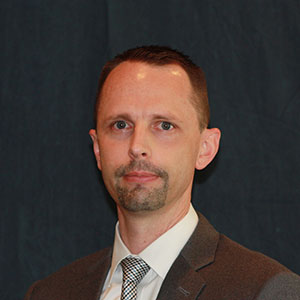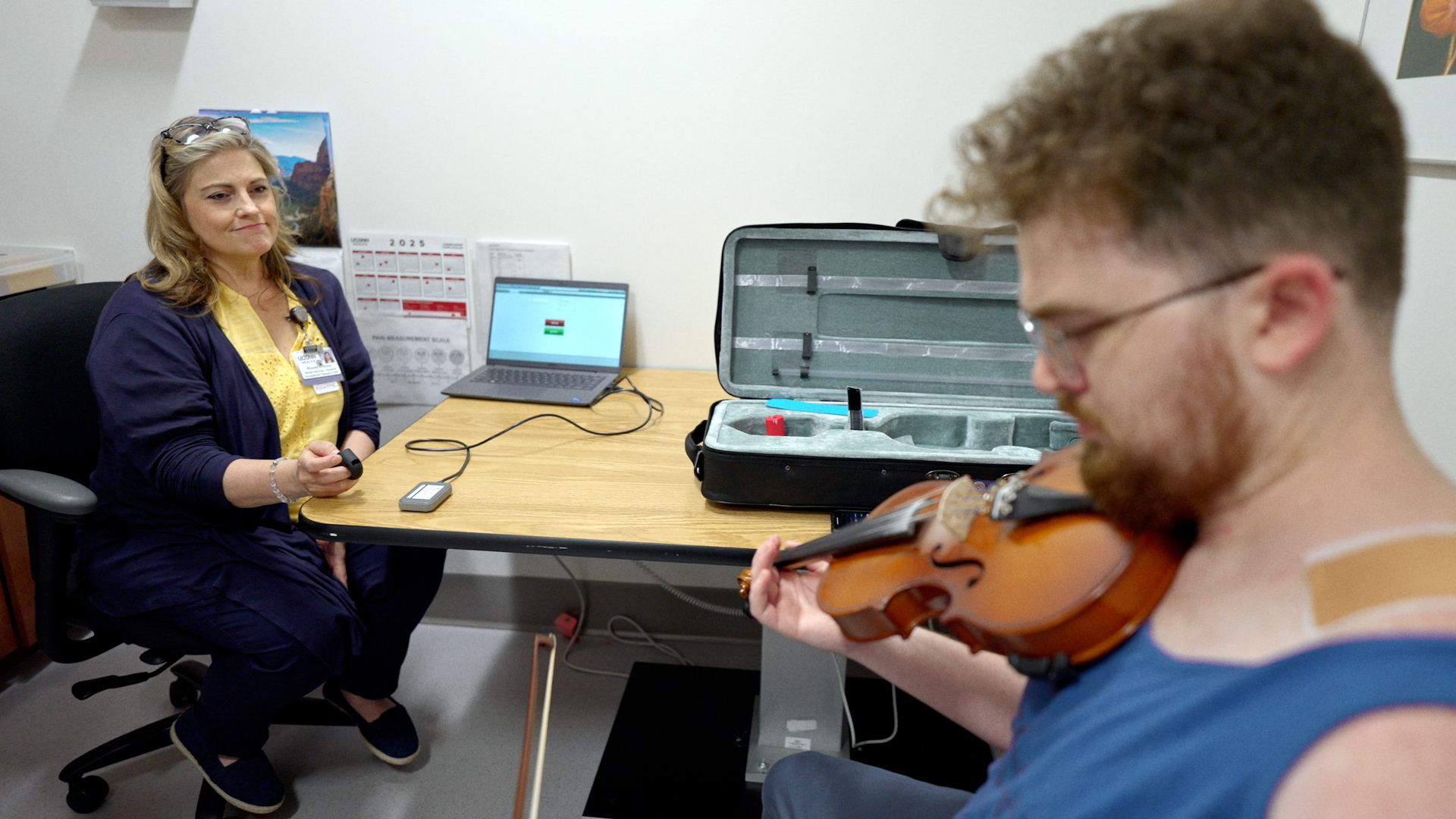Professor Grosser: When It Comes to Nurturing Innovation, Colleagues Play a Huge Role
Companies can nurture more creativity and innovation by identifying and strategically connecting their best innovators with other employees, because their talent and mindset will likely inspire co-workers.
Furthermore, said UConn management professor Travis Grosser, these go-getters often provide vital leadership that carries great concepts from idea to implementation.

Grosser’s findings, which will appear in a forthcoming issue of the Journal of Applied Psychology, not only offer great structural ideas for ambitious companies, he said. Aspiring employees can help map their success by seeking problem-solving expertise from colleagues who have a reputation for generating good ideas and successfully implementing them.
Are Innovators Typically Loners?
“We started with the relatively romantic idea that there are lone innovators, off in some remote office, coming up with great ideas all by themselves,” Grosser said. “A great deal of work suggests that that’s more the exception than the rule.”
“Studies have shown that innovation is more of a collaborative process and that the people you know and work with impact your innovation,” he said. “Our work highlights the need to consider the characteristics of the individuals with whom an employee collaborates at work.”
Grosser and two other researchers tested their hypotheses using a sample of 144 employees in a U.S.-based consumer product development organization. The Fortune 1000 firm had experienced recent industry challenges, requiring the company to innovate faster to stay ahead of competitors.
Each of the 185 professional corporate employees were asked to complete an online survey about who they would turn to for problem-solving advice at work. Some 78 percent (144 employees) participated in the study.
Initially, respondents were provided with a roster of all employees and asked to indicate the co-workers with whom they had interacted regularly over the past six months.
Then they were asked to rate each co-worker’s innovativeness on a five-point scale. They also rated themselves and their confidence in solving problems creatively. Based on the results, the researchers assigned each employee a creative self-efficacy (CSE) rating and evaluated the size, structure, and makeup of each person’s social network.
What is CSE?
Self-efficacy is one’s belief in his or her ability to achieve success in a specific domain, and CSE relates specifically to the domain of developing creative ideas. Individuals with high levels of CSE derive satisfaction from innovative pursuits and show a great tenacity when encountering challenges related to creative work. They are also more likely to help others brainstorm greater and more varied ideas, help break mental mindsets, shift perspective and accurately evaluate the merit of ideas.
With their tenacity, perseverance and experience with innovation, these people serve as effective role models for aspiring innovators. They are also more likely to have a pro-social orientation and to be willing to help others solve problems in innovative ways.
“Our results indicate the average CSE of one’s problem-solving colleagues is positively related to an employee’s innovation behavior and these effects are robust, even controlling for one’s own CSE,” Grosser said. “It appears that CSE is not only a valuable personal characteristic but is also a valuable characteristic to have in one’s problem-solving colleagues for facilitating innovation.”
Having network contacts with high levels of CSE also leads to an increase in an employee’s own CSE one year later, in cases where the employee’s initial CSE was relatively low, he said.
Grosser collaborated with professor Vijaya Venkataramani of the University of Maryland and professor Joe Labianca of the University of Kentucky for the research, which yielded a paper titled, “An Alter-centric Perspective on Employee Innovation: The Importance of Alters’ Creative Self-Efficacy and Network Structure.”
‘Sparse’ Networks are Best
But once they confirmed the importance of having problem-solving mentors with high CSE, the trio dug deeper to see if the structure of the mentor’s network also mattered. They discovered that employee innovation is likely to be stronger when the mentors have social networks that are sparse (i.e., the people they are connected to tend not to be interconnected with each other).
Having mentors with sparse networks is beneficial in two ways. First, due to their experience communicating with diverse audiences, mentors with sparse networks are more likely to be effective in communicating their knowledge to the potential innovator, thereby providing more effective problem-solving advice. Second, their sparse networks enable them to champion the innovations of their protégés across a broad cross-section of the organization, which helps to make a new innovation successfully take root.
Innovation Is ‘Hot Topic’ in Business
After concluding their work, Grosser said, the researchers had some concrete advice for the consumer product company seeking greater innovation.
“We were able to provide a comprehensive report with a great deal of feedback and identify areas for improvement, including one department that was very isolated from the rest of the organization,” he said. “It was well received by the top management team.”
But the findings are relevant for many companies, beyond the one that Grosser and his colleagues investigated.
“I study collaboration and innovation and I can guarantee that if you ask any executive of any organization if he or she wants their company to improve in these areas, the answer is going to be: ‘Yes!,'” Grosser said.



